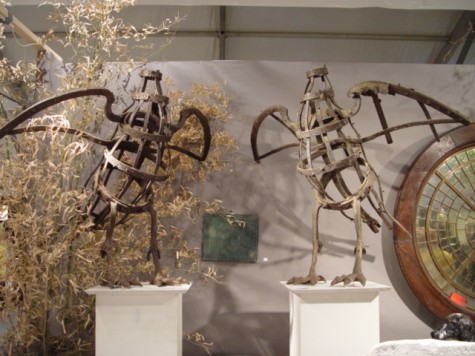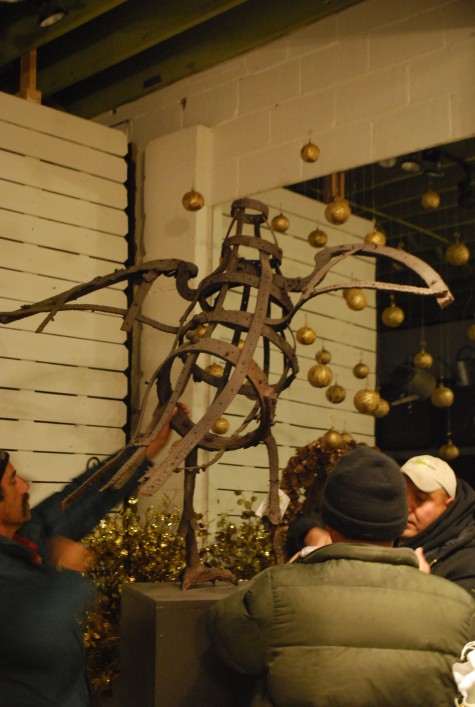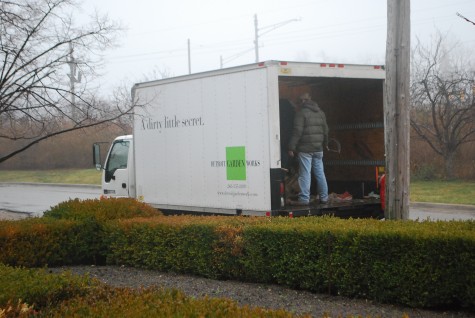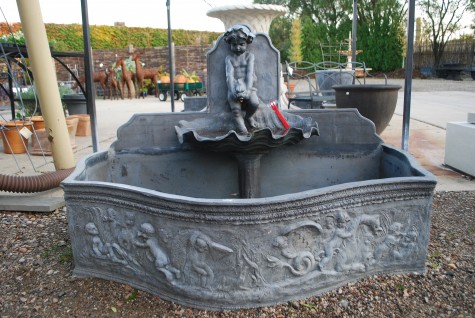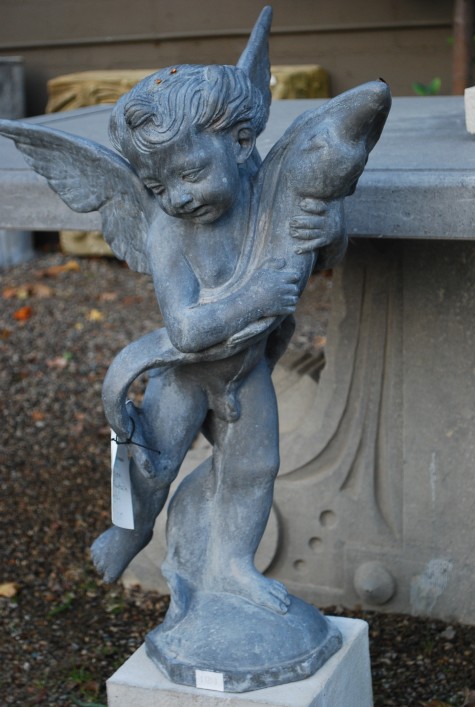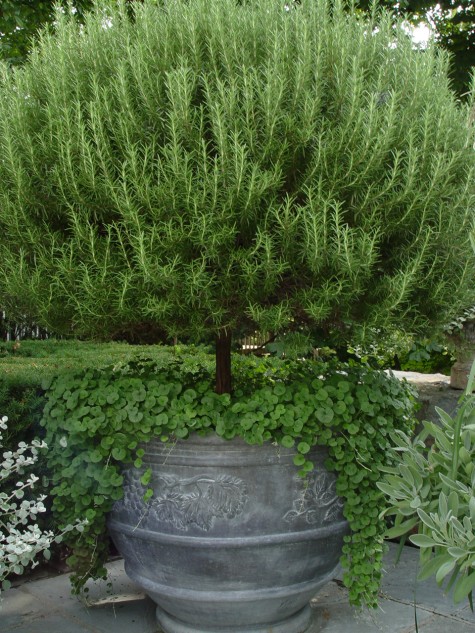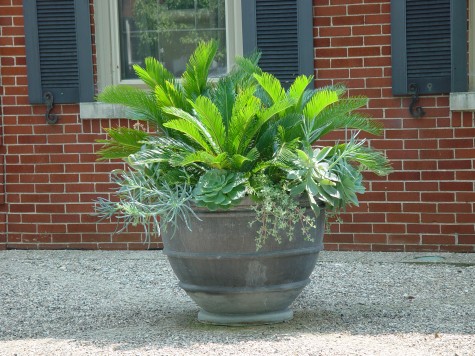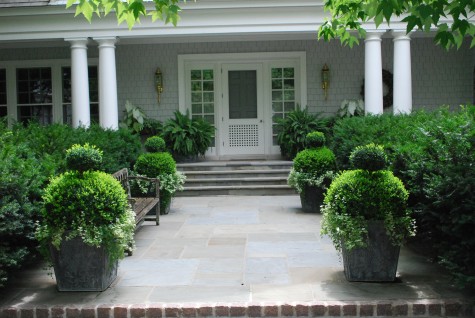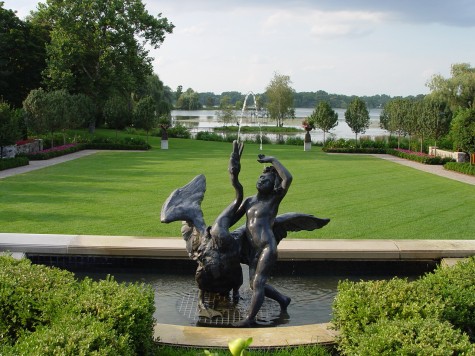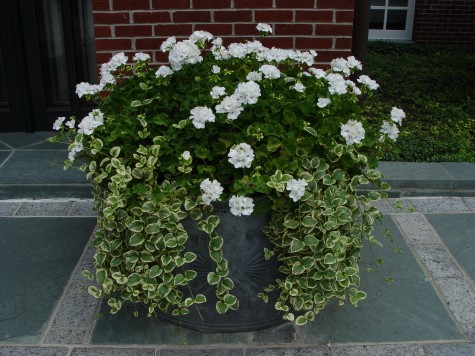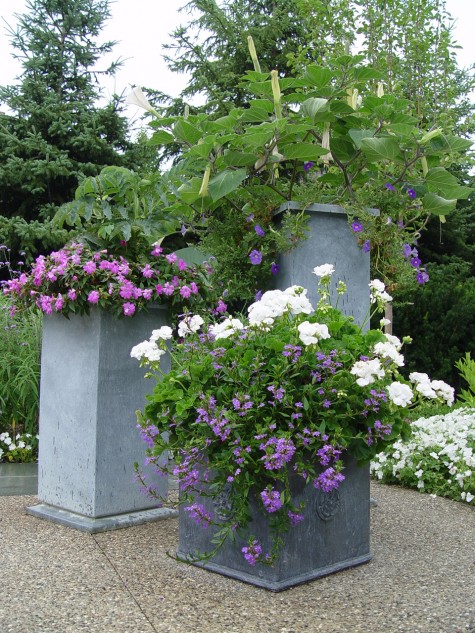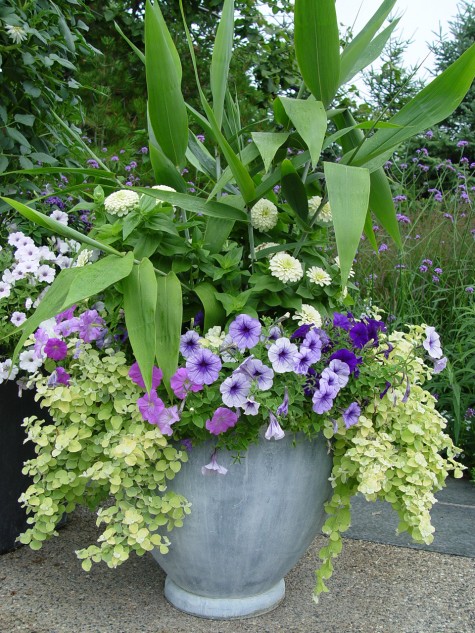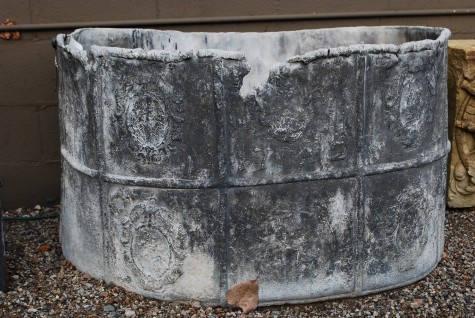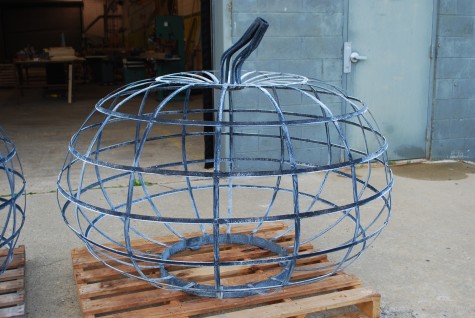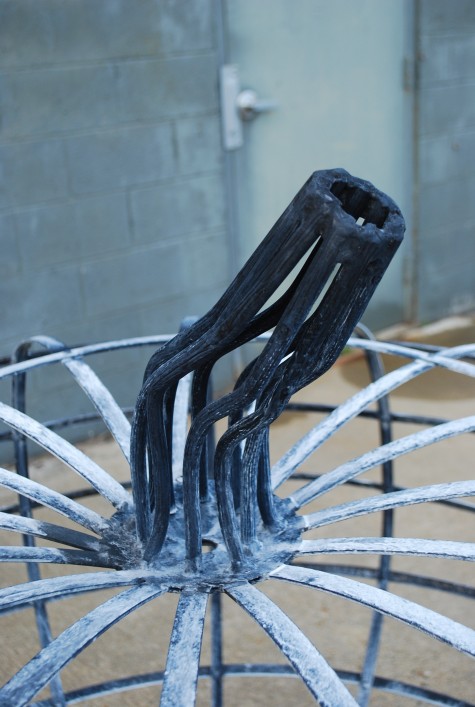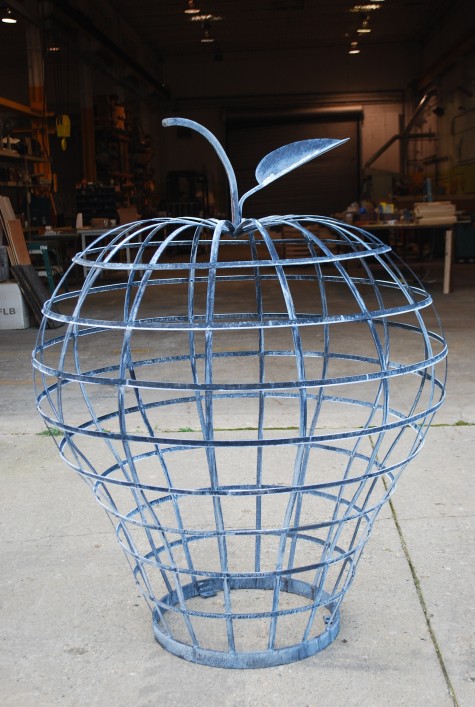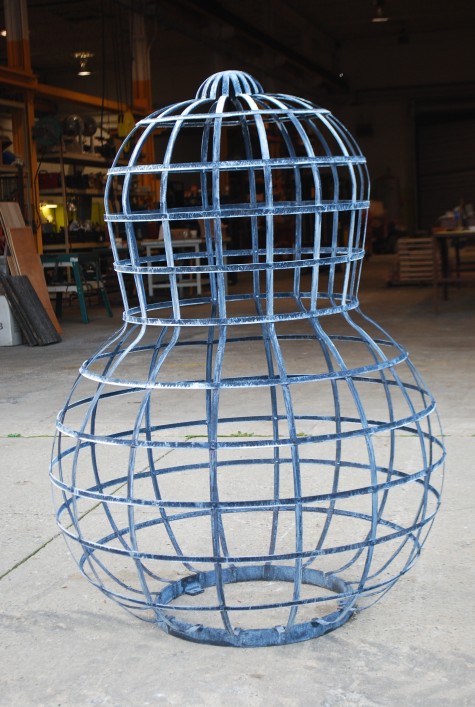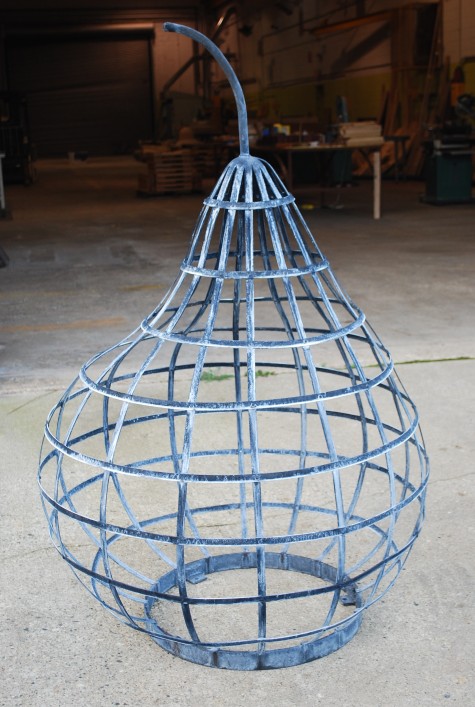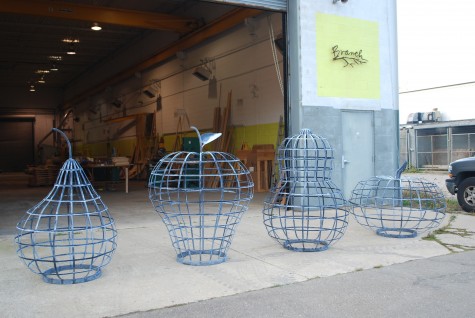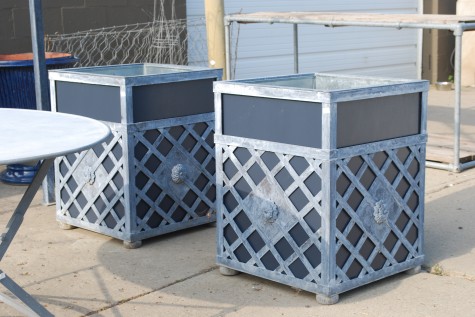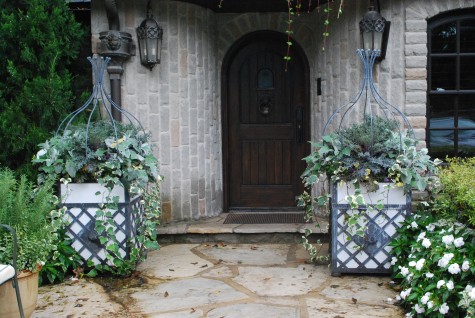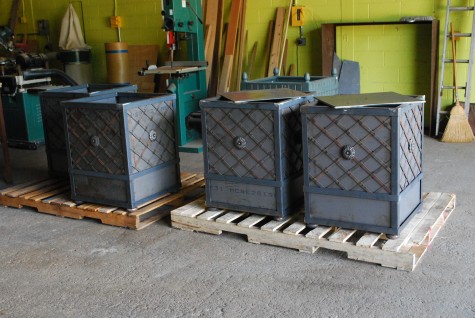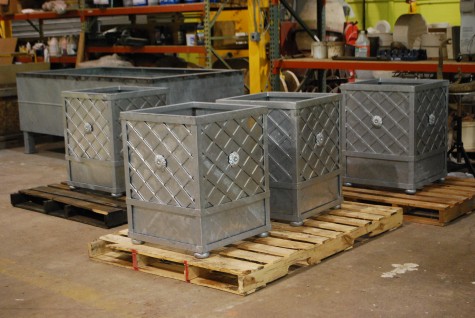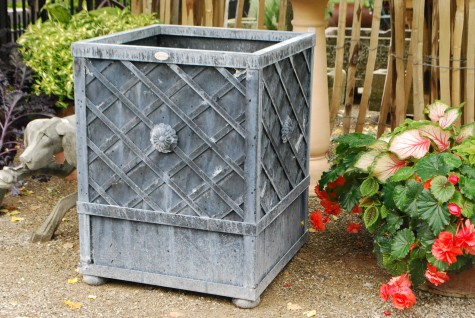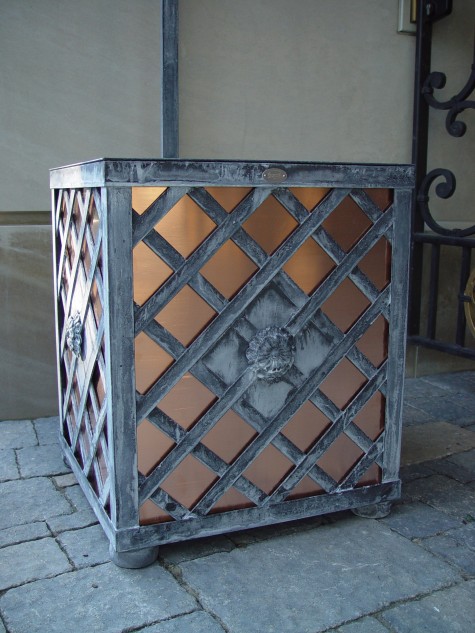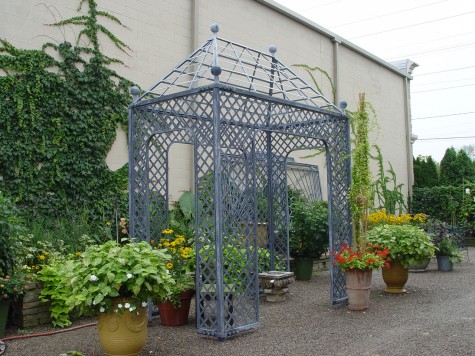Some years ago I ran across an extraordinary pair of hand wrought and cast iron armatures resembling birds. I must have come back and looked at them 4 times, before I approached the dealer. He told me he believed they had been eagles, gracing a building in Paris. He went so far as to tell me they had been on the Palais Royale, but had no proof of that provenance. They were obviously very old; the iron was deeply pitted from exposure to the weather and environment. The heads were long gone, as were most of the wought iron feathers. One patch of feathers, one piece of feathers long detached, and the hand wrought iron legs and talons gave a small indication of what they might been in their prime. 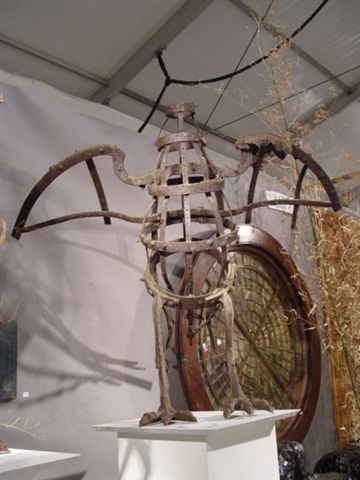
But the most striking of all that remained were their massive iron armatures. An armature is the underpinning over which a sculpture is created. The armature provides strength and support-a framework upon which to build the final piece. These old armatures-visually arresting. Emotionally arresting. I kept coming back. Buck encouraged me to speak for them.

I visited them many times over the course of 3 days. Buying them could not be undertaken lightly. It would require a considerable investment. No doubt they were like nothing I had ever seen. In the end, I gave in and bought them, as they were like nothing I had ever felt. It is entirely possible that I would not have responded as strongly to the sculptures in their prime as strongly as I did to the aged and deteriorated version. They had a very powerful presence, though I could see through them. With almost every shred of ornament stripped or worn away, they were still incredibly beautiful. There was ample evidence of the hand of the artist. They were of imposing scale. I never tired of looking at them.
I did at one point have a client with a serious interest. Buck made a pair of painted plywood pedestals, so we could display them in the air. She decided against them. I had not a worry in the world about this. I had fallen for them hard. I liked having them around, every day. They might be the most beautiful garden ornament it has ever been my pleasure to own. This is my personal opinion. People respond to art in very different, and very individual ways. I could never buy art for a client, nor would I ask someone to buy art for me. I cannot really explain why this ghostly pair of birds wrapped their talons around my heart-but they did.
Why this story now? A designer from New York, who looked at them at the same show where I bought them years ago, called last week to inquire if I still owned them. He had a client with a garden whom he thought would appreciate them. I was surprised that he had taken note of where they had gone. He responded much like I would have. There are those garden ornaments that make an indelible impression. He had not forgotten them.
His client decided to purchase them from me. Several days ago Steve and his crew loaded them into our box truck for a trip to Branch. Buck will crate them for shipping to a garden in St. Louis. I was surprised at how very reluctant I was to let them go. More than once I thought about bringing them home, but my garden is not right for a pair of sculptures such as these. Yet I could have lived with them all of my life, and been challenged, intrigued, engaged, and awed every time I looked at them. This is what art does for people.
I have had other perfect moments with art. Some of those pieces I own, and look at every day. I could say these remains of a pair of eagles are everything I ever wanted in a garden sculpture. But in fact they are a creation of the hand of an unknown artist from better than 200 years ago that I will have a hard time living without.
I am a dealer in garden antiques. This means I am committed to offering my clients the best there is, given my best judgment and experience. But I will admit there are those days when I wish I were just a private collector. Lacking that, I would wish that I had a certain client, and a certain project that would have asked for this pair. Lacking that, it has been my pleasure to own them for a while. This is enough, albeit barely enough. I feel quite sure they are going to an extraordinary garden. Godspeed, beloved birds.
